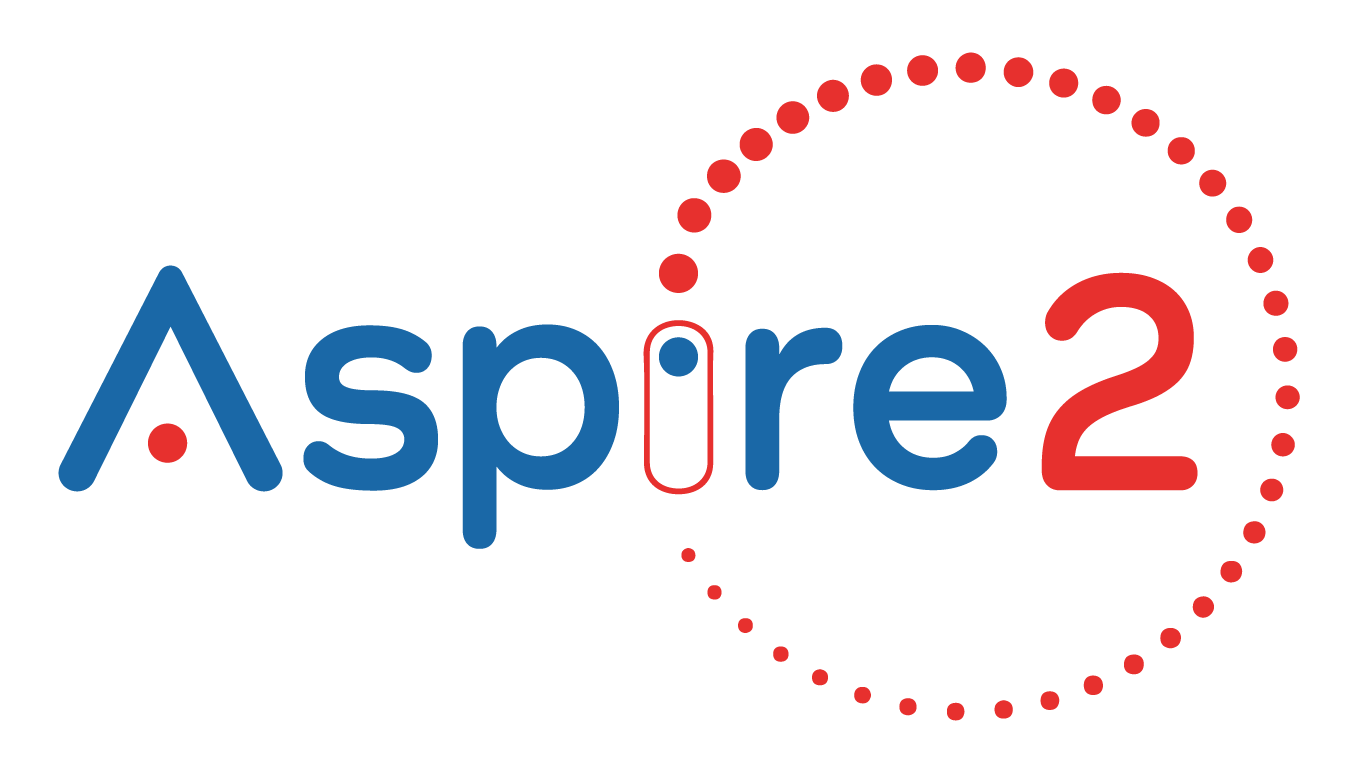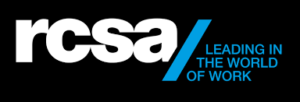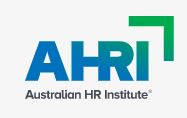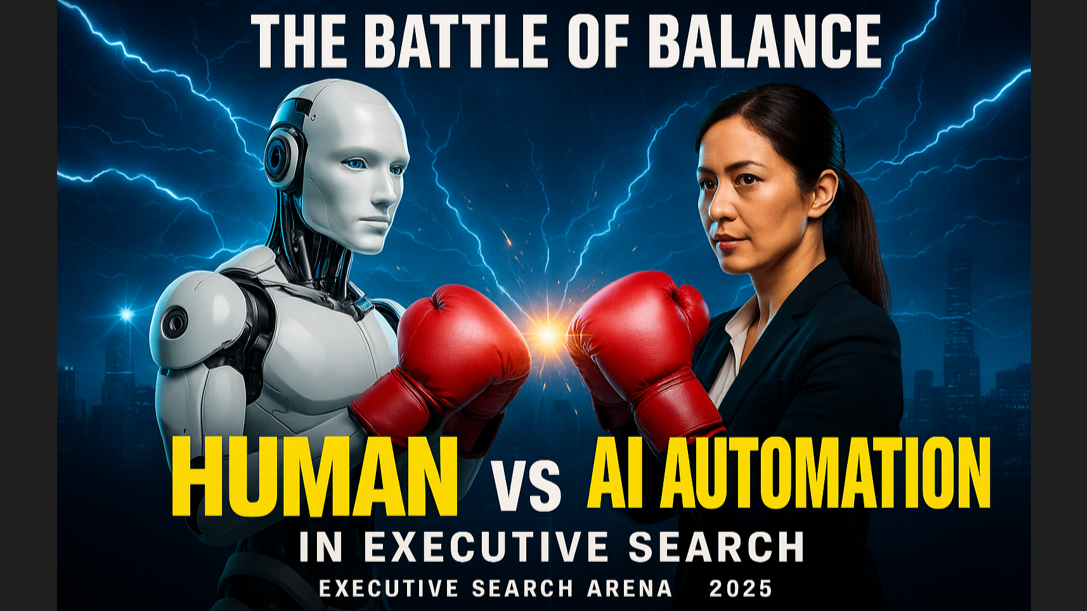
The Battle of Balance: Human vs AI in Educational Leadership Search
As AI continues to reshape recruitment, it is tempting to believe that automation alone can solve the challenges of appointing educational leaders. Faster shortlists. Slick dashboards. Quicker results.
But is it really that simple?…
The Hidden Pitfalls of Fully Automating Recruitment with AI
Across the global talent landscape, the discussion around artificial intelligence in recruitment is gaining momentum. The upcoming Global Work & Organizational Psychology (G-WOP) Conference, held virtually on 18–19 September 2025, will feature sessions on credibility in applied psychology, the role of AI in the future of work, and global collaboration and ethics in practice. It will be interesting to see what conversations follow from this event, particularly as many of the issues on the agenda, such as bias, ethics, and the balance between science and practice, mirror the challenges we face when applying AI in executive search.
This is especially relevant given the growing automation of psychometric-style, AI-driven assessment tools now embedded across many recruitment and search platforms. Some tools are backed by robust research, peer-reviewed validation, and decades of psychometric science. When applied with professional oversight as part of a holistic recruitment model, these approaches can provide valuable insights and enhance decision-making.
By contrast, many newer platforms promote “AI-powered” matching or screening with little evidence, limited transparency, and no independent validation. Over-reliance on such tools risks amplifying bias, overlooking exceptional candidates, and weakening the human connection that is essential, in leadership appointments and, ultimately, in any appointment.
Why Full Automation Fails Recruitment
Some providers promote the idea that simply putting CVs into an AI-driven system will deliver faster and more accurate shortlists. Yet the evidence, and our experience, show something very different:
- Bias in, bias out. AI learns from existing datasets. If those datasets reflect historic bias such as gender, race or background, the system simply replicates it.
- Context is lost. AI cannot capture the subtle cultural, relational or community-specific needs that school boards and leadership roles demand.
- Candidate experience suffers. Over-automated systems depersonalise recruitment, leaving leaders feeling like data points instead of people.
- False confidence. AI outputs can look precise, but without validation and oversight they risk misleading boards into believing the “best fit” has been found.
The Temptation of the “Wow Factor”
It is easy to be impressed by a fully automated system. For time-poor organisations, the promise of increasing output is tempting. Automation looks like the perfect answer.
But in chasing efficiency, important questions must be asked:
What safeguards are in place to ensure you are not missing outstanding talent that does not fit the algorithm’s pattern?
Are you unintentionally bringing bias into the process from the datasets you rely on?
Do you understand where AI genuinely adds value in your process, and where the human connection must remain?
What information are you feeding into the AI, and does it reflect your client’s true context and needs?
Without these checks, the convenience of automation risks turning into exclusion, bias, and overlooked potential.
To read the full story, visit LinkedIn.

Tara Staritski
CEO & Founder
